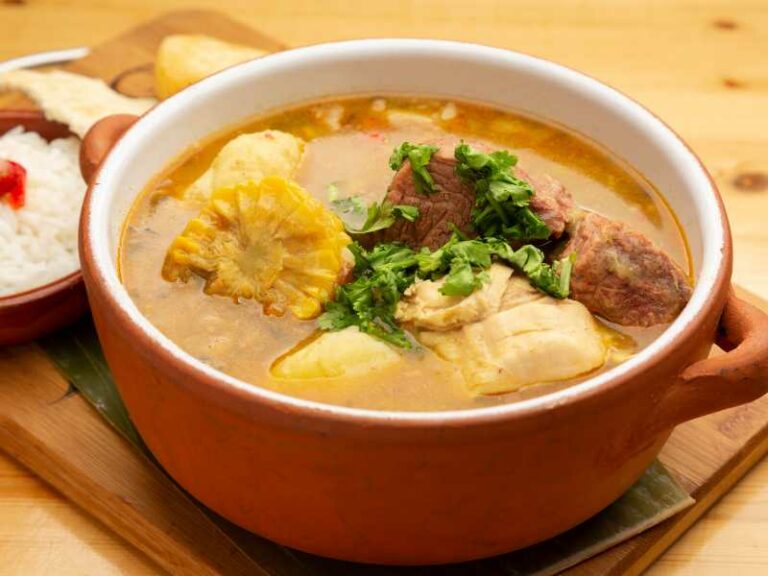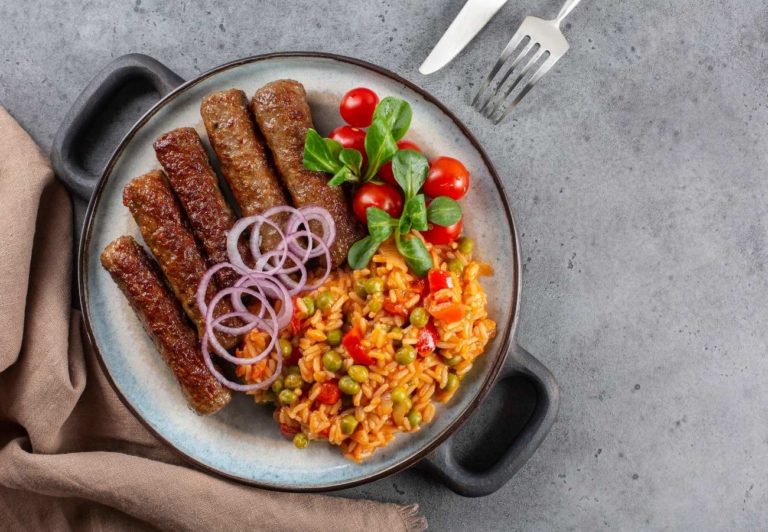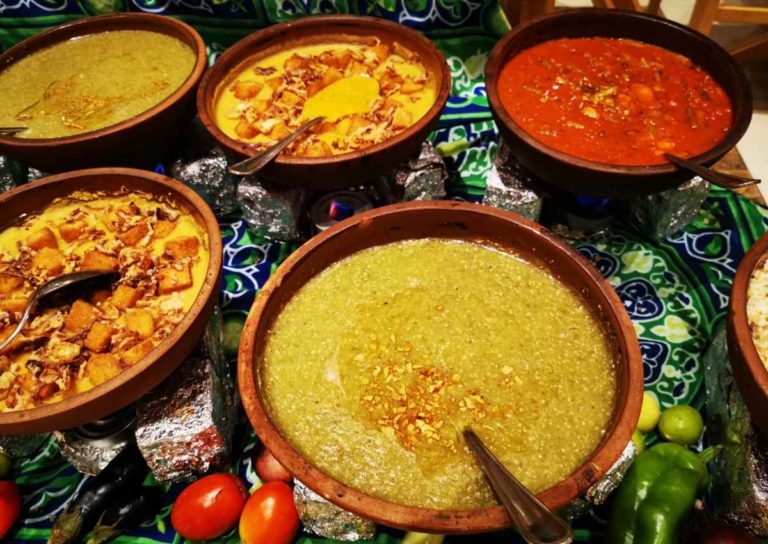Eritrean Food: 8 Traditional Dishes of Eritrea
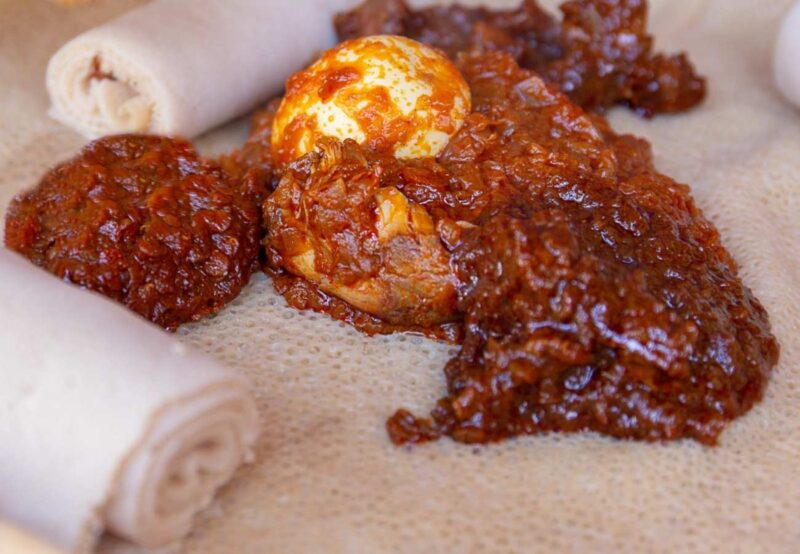
Eritrea is a country located in the Horn of Africa area of Eastern Africa. It is surrounded by Ethiopia, Sudan and Djibouti. The country is known for being home to some of the finest colonial architectural structures in the world.
The population of Eritrea is made up of nine known ethnic groups. The Tigrinya people are believed to make up about 55% of the population, while the Tigre people make up about 30% of the population.
The country’s cuisine is truly a reflection of the country’s diversity, and it is also highly influenced by its social exchanges with the neighbouring regions.
A typical traditional Eritrean meal includes injera, usually consumed with a spicy stew, which often consists of beef, goat, lamb or fish.
Due to its colonial history, Eritrean dishes sometimes have more Italian influences, with pasta occasionally featuring in recipes.
Christian Eritreans tend to consume sowa (fermented barley, generally bitter) and mies (a fermented honey drink), while the Muslim population refrains from drinking alcohol.
Zigni (Beef Stew)
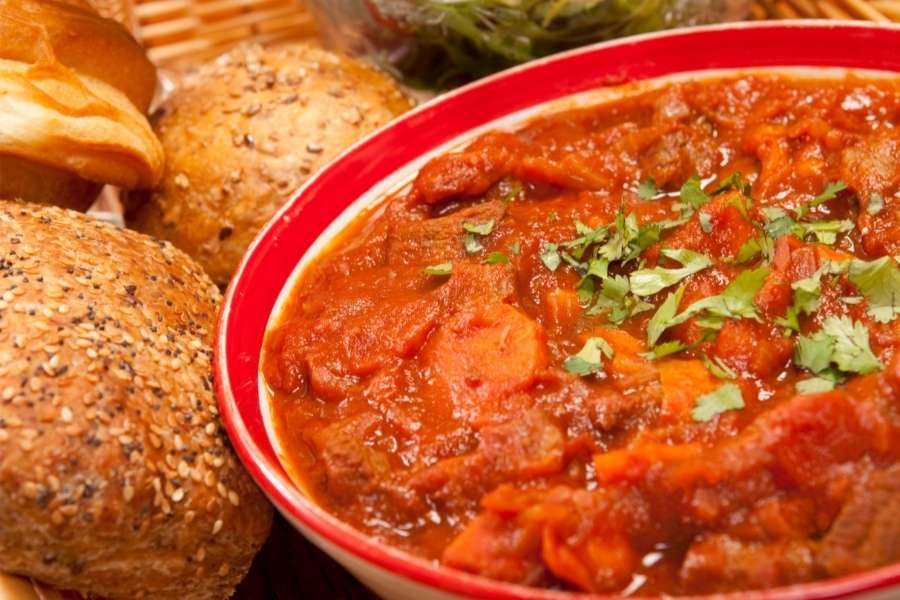
Zigni is a rich and flavourful Eritrean stew. The base of this stew is prepared using a spice mix, also called berbere, which is simmered in tomatoes for quite some time. It allows the flavours of the spices to develop.
Also considered to be the staple dish of the locals, one can find many variations of this delicacy that are completely based on the type of meat used. The most common addition is beef. Other meats that are used include mutton (lamb) and chicken. People can also be seen adding their preferred vegetables to enhance the flavour of the dish.
It is occasionally also known as national dish of Eritrea, and it is usually prepared for special events.
Injera (Flatbread)
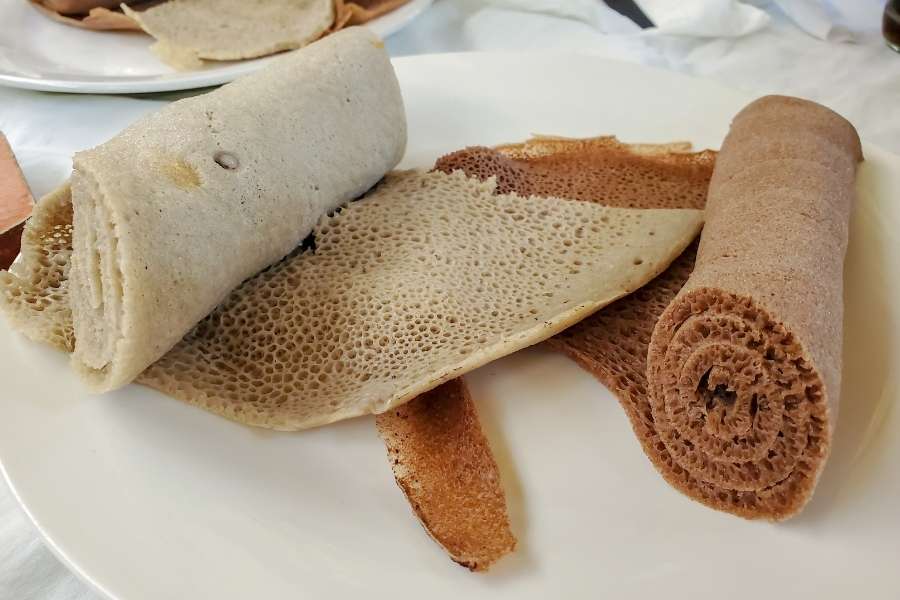
Injera is a flatbread that is prepared using teff or sorghum flour. It is considered to be a sour fermented pancake-like flatbread having a slightly spongy texture. This bread is naturally gluten-free and is generally used to accompany the zigni.
Also known to be light on the stomach, injera is commonly served on a huge plate. It is believed that injera is a kind of food that allows people to unite as they sit around the plate and consume it. Apart from Eritrea, this flatbread is also considered to be a staple in Ethiopia and many other areas of Sudan.
Pasta

Eritrea is known to have an extensive history with Italy. Hence, the Italian influence is apparent when talking about the food of the country. One can easily find pasta, pizzas and lasagna being consumed in several cafes. These cafes tend to serve traditional Italian food but with an African touch.
Shiro (Chickpea Stew)
Shiro, also known as shiro wat or tsebhi shiro, is a traditional Eritrean stew prepared using powdered chickpeas or broad bean meal. This dish is generally cooked with other ingredients such as minced onions, garlic and, based on regional variation, ground ginger or chopped tomatoes and chilli peppers.
It is either served for lunch or dinner, and apart from Eritrea, it is known to share its origin with Ethiopia. Shiro is generally accompanied by injera or kitcha. It is considered a low-cost option for several families.
Ga’at/Genfo (Porridge)
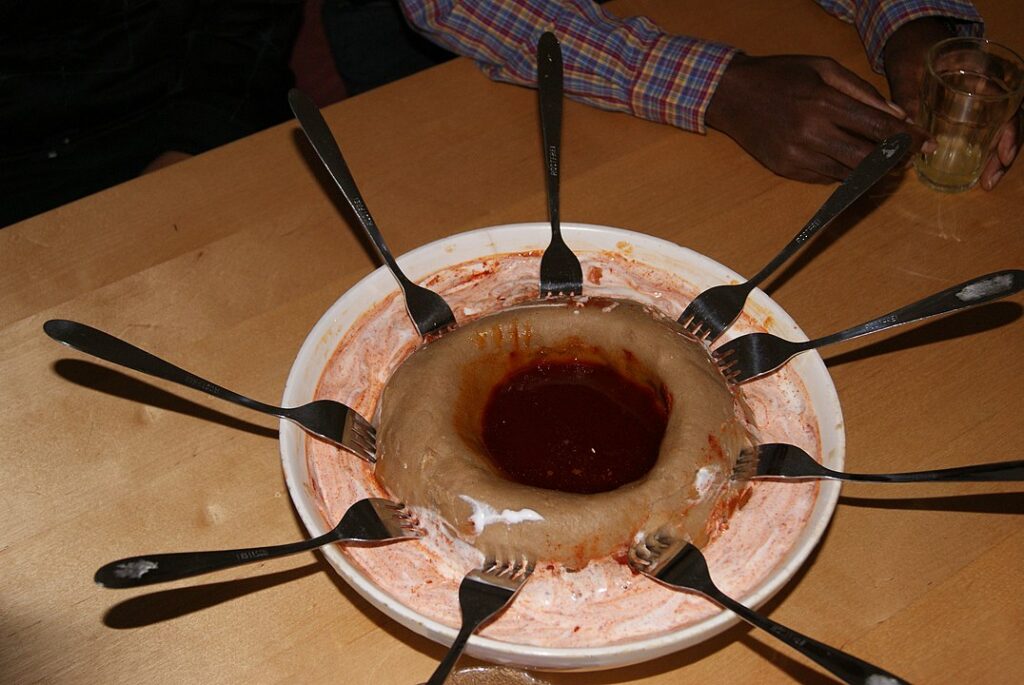
Ga’at or Genfo is a firm, porridge-like ingredient that is made using coarsely ground cornmeal. It is generally shaped into a round shape and a hole is formed in the centre to create space for the dipping sauce, a combination of butter and red peppers, or pulses such as sunflower seeds, nuts and flax.
It is usually prepared using barley or wheat flour. In order to cook it, the flour and water are mixed and stirred constantly using a wooden spoon. It is usually accompanied by dollops of fresh yoghurt, which also helps to cool down the palate. One can eat this dish with bare hands or with a fork.
Kicha Fitfit (Bread)
Kicha fitfit is a delicacy that is prepared using torn up pieces of Injera bread or the unleavened Kicha. The torn pieces are generally cooked along with other ingredients such as onions and clarified butter in the local berbere spice.
Usually served for breakfast or consumed as a snack and is a great way to consume leftover flatbread of any type. You can even prepare this dish using leftover pita bread. The dish is typically consumed with plain yogurt dolloped on top.
Doro Wat (Chicken Stew)
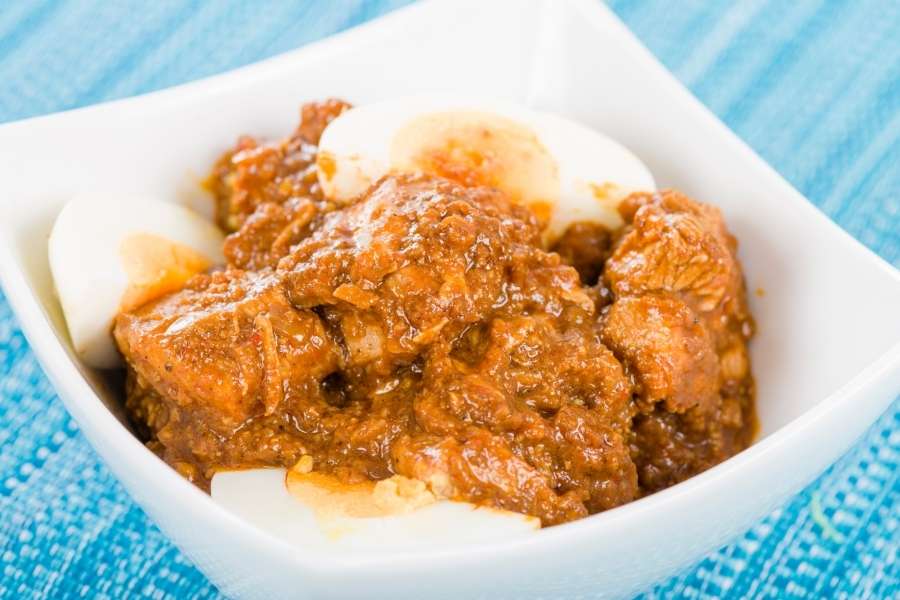
Doro wat is considered to be one of the most widely consumed African stews, generally cooked in the berbere spice mix. The stew consists of a whole chicken in the typical base of tomatoes and onions, which are simmered for quite some time to enhance the flavour of the dish.
Generally spicy in flavour, doro wat is usually served along with Injera bread. In the end, boiled eggs are added to the dish as a final touch. One can easily find it in almost every Ethiopian and Eritrean restaurant.
Camel Burger
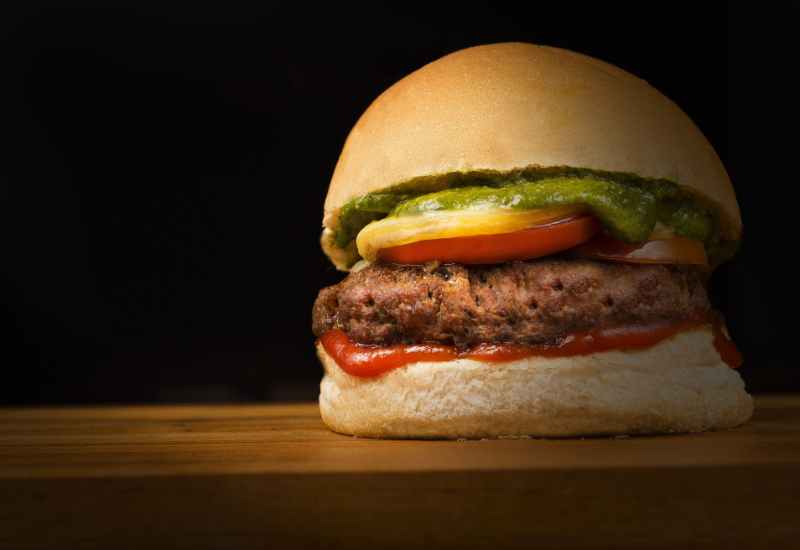
Camel burgers are, quite simply, burgers made from camel meat – most popular in countries where there is a large population of camels.
The meat from the hump is considered to be the most delicious but all of the meat is quite lean, rich in protein and contains less cholesterol than other red meats. The taste is comparable to beef with a slightly more sweet aftertaste.

